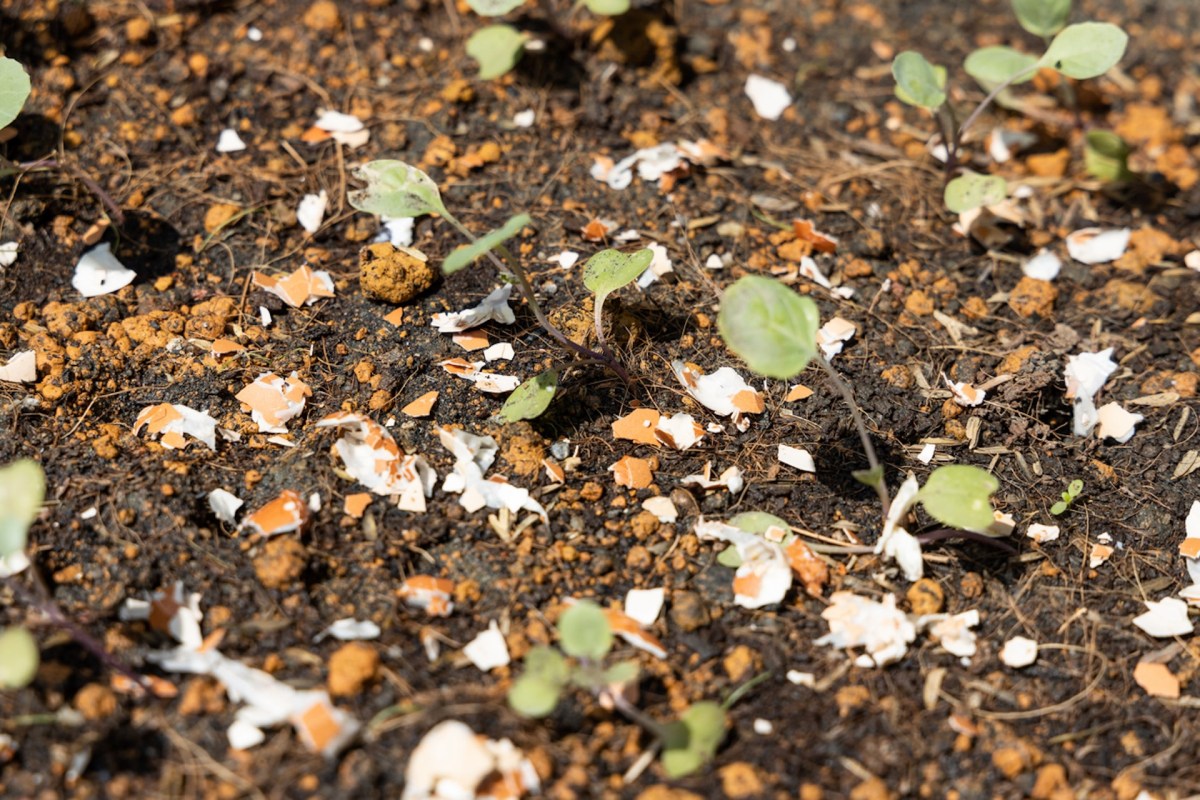If your budget is tight, a garden might be just the thing to help you make something out of nothing. You only need dirt, water, a few seeds, and time, and you can grow produce almost for free.
A mere $70 of supplies could yield $600 of food if you care for it the right way — and it'll be tastier, higher-quality produce than you can buy, in many cases.
Meanwhile, if you bought that $600 of food at a grocery store after it had been shipped long distances to be there, you would have contributed 50 pounds of carbon pollution to the atmosphere. Growing your own food means no shipping, so there is no pollution from trucks and trains.
Finally, gardening gives you more control over your diet and lifestyle. Research shows that people who garden are healthier and eat more fiber.
The following eight hacks and tips will help you get the most bang for your buck out of your garden.
Gardening hacks and tips
Pick the most cost-effective plants
Some types of produce will give you more bang for your buck, either because they're easy and cost little to grow or because the crops they produce are expensive enough to be worth the investment.
Top picks include herbs, microgreens, and sprouts for simple pot and planter gardens, and tomatoes, peppers, and spinach for higher-impact gardening with a strong return on investment.Pay attention to varieties
The type of lettuce or tomato you plant may seem like a small detail, but it can greatly affect your success — as can decisions about other types of produce. For example, different onion varieties need different ratios of darkness to daylight, so they should be planted at different latitudes.Make a planting diagram
You should always draw out your garden before you plant. When you do, remember that many plants you grow can boost others around them. For example, onions repel many pests.
Nasturtiums attract pollinators and are a sacrificial plant that aphids can snack on to keep them off your other produce. Broccoli and cauliflower may provide shade for more sensitive greens. If you look for companion plant pairings and arrange your garden accordingly, you should have higher yields.Choose a vertical garden if you don't have space
Traditional gardens are laid out horizontally along the ground, which is great if you have room for everything you want to plant. But if you've got a narrow yard or you're doing your gardening on a porch or balcony, you may not be able to spread out. Instead, spread up.
Try fixing rows of pots and planters to a fence to fit more. Plants with deeper roots can go in the ground at the base, while those that do well in pots can hang above them.Use food stamps for seeds and seedlings
If you're on food stamps, you can use them to populate your garden. A packet of seeds will generate much more food than what you could buy outright with the same amount of food stamps, and some markets have programs to help you get an even better value.Test to see if old seeds are still good
Seeds don't last forever, but you might be surprised at what you can grow from a forgotten, discarded, or discounted pack. To test whether seeds are still capable of sprouting, wrap a few in a wet paper towel, then put that inside something that will keep it from drying out, like a plastic bag or waxed fabric.
Give it a few days in a warm place, then open it up to check how many of the seeds sprouted. If only a few did, you can still use them; you should just plant extra. If none did, throw that batch out.Save eggshells for your tomatoes
Kitchen scraps are great for the garden, and you can add them to the soil directly or use them for compost. Ground eggshells, for example, can make a good free fertilizer.Leave the leaves
Autumn leaves are another source of free fertilizer and mulch, as well as protecting beneficial bugs over the winter. Leave many or most of them in place until spring has a solid hold on your yard.
Join our free newsletter for easy tips to save more, waste less, and help yourself while helping the planet.









